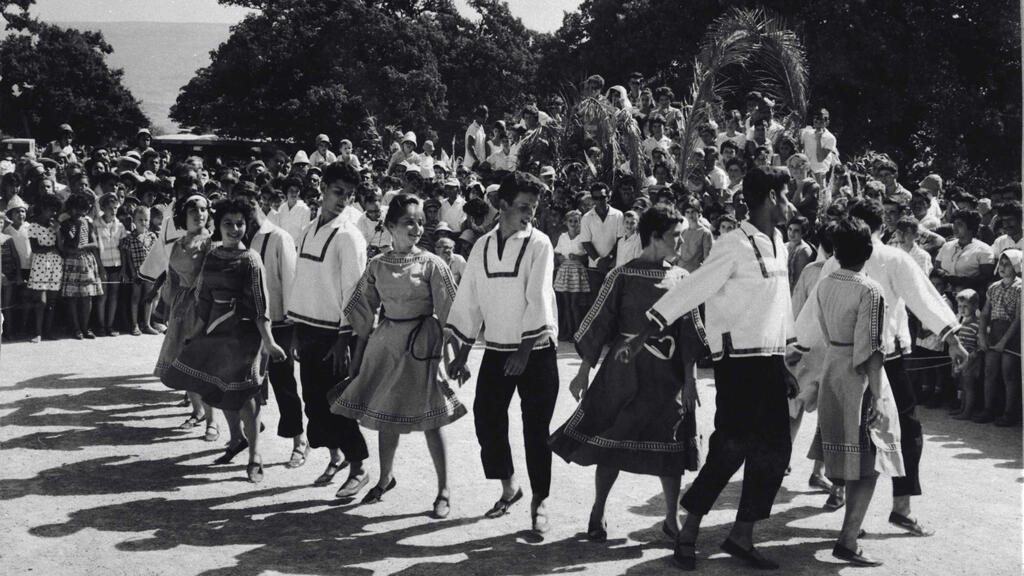Getting your Trinity Audio player ready...
In the autobiography published by Harry Belafonte in 2011, the American musician revealed that his paternal grandfather was a Dutch Jew, although his connection to Judaism and Israel existed long before this revelation.
Read more:
Belafonte starred in productions and musicals written by Jews, often performed at Jewish vacation resorts in the Catskill Mountains, and even performed his own versions of songs such as "Hinei Ma Tov" (Behold How Good) and "Erev Shel Shoshanim" (Evening of Roses).
But it was the version of "Hava Nagila" that he performed in Hebrew in 1995, with a heavy oriental accent, that enhanced the song and put it in a new light, which brought it to Jewish audiences worldwide. Belafonte joked to The New York Times in 2017, that this interpretation of the famous Jewish song made him “the most popular Jew in America.”
Since his death at the age of 96 last April, "Hava Nagila" has made a tremendous comeback in Europe and the United States, according to the New York Times article published on Saturday. While Belafonte became a highly appreciated artist amongst Jews in America and Jewish celebrations worldwide, now his voice can even be heard in bars, parties, nightclubs, raves, and sports stadiums. For example, at a party after the Formula 1 race in Monaco, men in tuxedos and women in cocktail dresses danced to the sounds of the Jewish anthem.
A staple in every DJ's playlist
Belafonte's song found its way to the American mainstream after influencers were exposed to it at vacation sites and parties in Greece and Spain. Due to its renewed success and its ability to get people on their feet, it has also become essential in the playlists of popular DJs in Europe.
“We give our DJs a list of songs that we would like to work into their set, and this is one of them,” said Kylie Monagan, one of the owners of Calissa, a Greek restaurant in Water Mill, N.Y., that hosts big-name D.J.s and performers like Samantha Ronson and Wyclef Jean.
“We did some research, and we traveled around the Mediterranean, and we heard these very chic clubs and restaurants play this song, and we loved it,” she said in an interview with The New York Times. “What we found really gets people out of their seats and dancing are songs they are familiar with.”
The song was written in 1918 by Abraham Zvi Idelsohn, a composer who believed the Jewish people needed new music at a time when Zionism and the push for a Jewish homeland were gaining strength. He took lines from Jewish prayers, combined them with Hasidic melodies, and turned the song into a hit.


